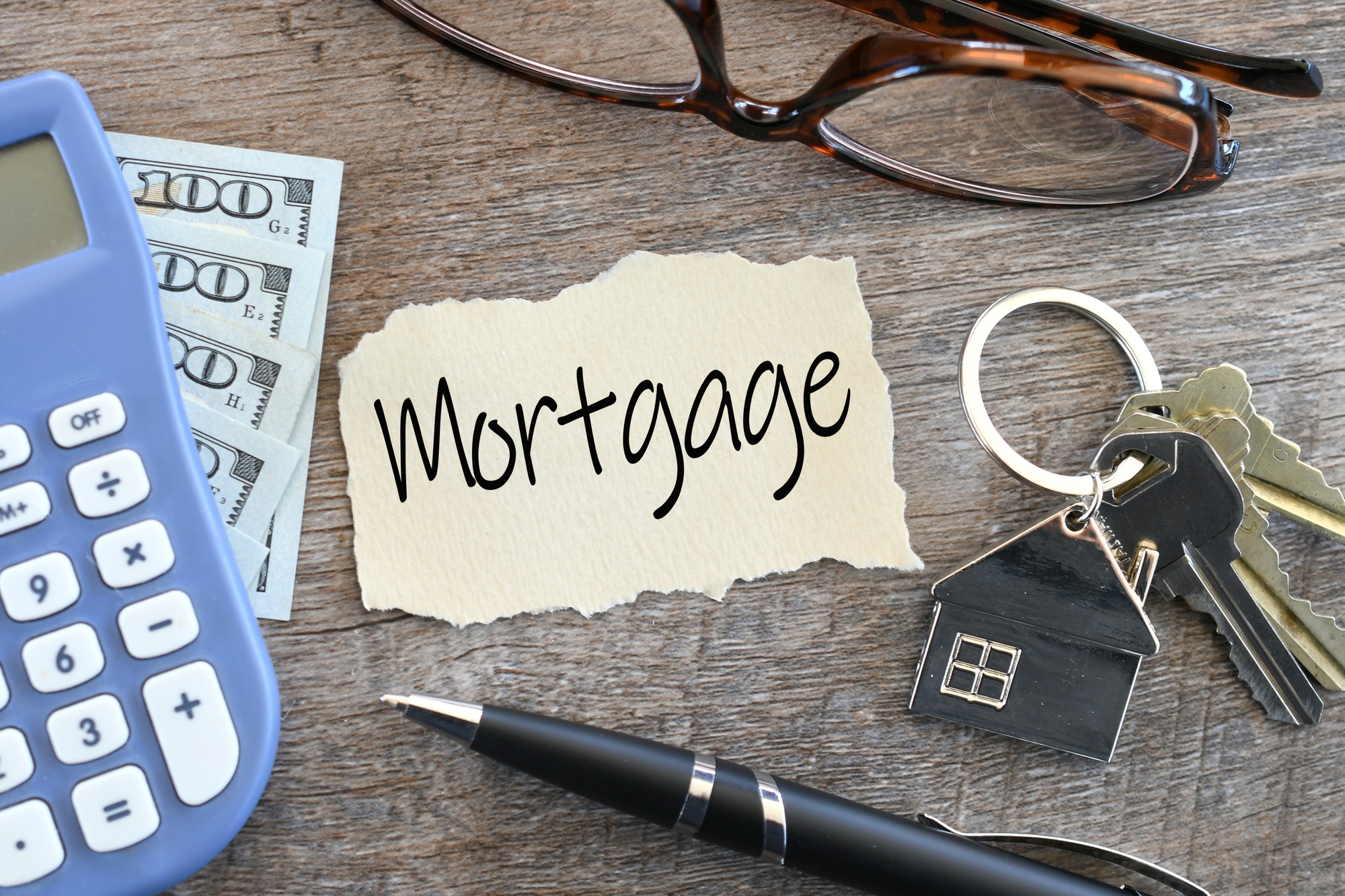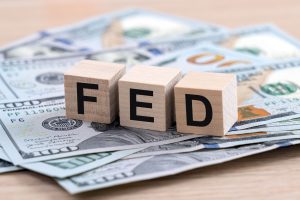With mortgage rates still hovering above 6.5% in 2025, many homebuyers are wondering if we’ll ever see the return of 4% rates — a level that once seemed normal before the pandemic housing boom.
The reality? A 4% mortgage rate is unlikely to make a comeback soon. Experts say it would take a deep recession and significant economic downturn to push rates that low again.
“I expect mortgage rates to gradually fluctuate over the next five years as inflation comes under control and the Federal Reserve eases its policy,” said Stephen Clyde, CEO of Stephen Clyde Real Estate Group. He predicts rates will stay between 5.375% and 6.4%, barring any extreme economic shifts.
Why Are Mortgage Rates Still High?
Mortgage rates are closely tied to the 10-year Treasury yield, and as long as that yield stays elevated, mortgage rates will remain high. Even after the Federal Reserve implemented three rate cuts at the end of 2024, mortgage rates have not dropped sharply — a sign that larger forces are at play.
Following the 2007 financial crisis and again during the COVID-19 pandemic, the Fed’s near-zero interest rate policies helped push mortgage rates down to record lows. However, today’s inflation concerns and cautious monetary policymake a return to those conditions unlikely.
When Could Mortgage Rates Fall Again?
According to Charles Goodwin, head of bridge and DSCR lending at Kiavi, a return to 4% mortgage rates would likely require a major recession, spiking unemployment, and aggressive Fed action — something few economists are predicting for now.
Goldman Sachs and other Wall Street firms forecast gradual declines in rates over the next few years, but not the sharp drop needed to bring 30-year mortgages back to 4%.
Should You Wait to Buy a Home?
While waiting for a 4% mortgage rate sounds tempting, financial experts advise focusing on your personal financial readiness rather than trying to time the market.
“Trying to time the market rarely works in real estate,” Clyde notes. Plus, today’s slower market offers buyers more negotiating power, potentially offsetting higher interest rates with lower home prices or closing cost assistance.
If you do buy now, options like adjustable-rate mortgages (ARMs) or seller-paid buydowns can help lower your initial rate. And if rates do fall later, refinancing could be a smart strategy.
Regardless of timing, buyers should ensure they can comfortably afford monthly mortgage payments — including taxes, insurance, and any additional costs.
FAQs:
- Why are mortgage rates high?
Mortgage rates rose sharply due to the Federal Reserve’s aggressive rate hikes in 2022–2023 to combat inflation. - What is a good mortgage rate today?
Anything below the current average of 6.5% can be considered good. Personalized rates depend on credit score, loan type, and income. - What are experts predicting for the next five years?
A slow and gradual decline in mortgage rates is expected, depending on inflation trends and global economic conditions.
While 4% mortgage rates would be a dream come true for many homebuyers, today’s economic outlook suggests a slow easing rather than a dramatic plunge. If you’re ready financially, it may be smarter to act now — with plans to refinance later if rates improve.







